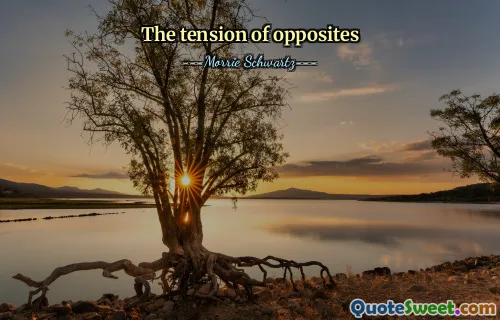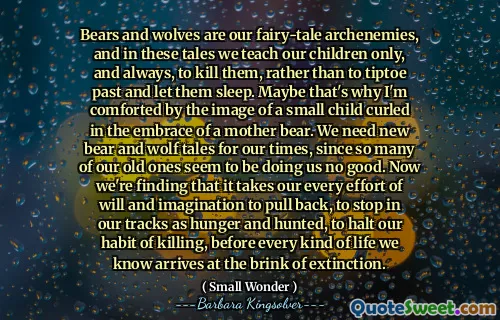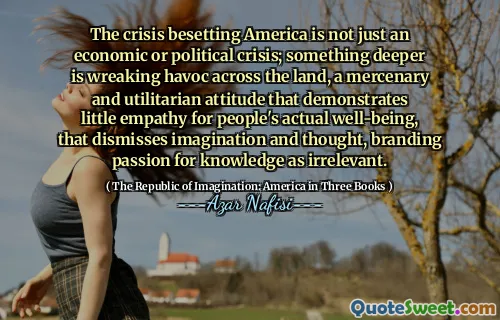
Fiction becomes visual by becoming verbal
The quote "Fiction becomes visual by becoming verbal" by William H. Gass encapsulates the transformative power of language in storytelling. At first glance, it recognizes the unique ability of verbal expression—the crafting and arrangement of words—to evoke vivid imagery in the reader's mind. Fiction, inherently imaginative and sensory, bridges the gap between the abstract and the concrete, leveraging language not just to tell a story but to paint it in colors, shapes, emotions, and atmospheres.
When a writer puts their thoughts into words, they are not merely communicating facts or narratives but are constructing intricate mental pictures that invite the reader into an immersive experience. This quote suggests that it is the verbal articulation, the choice and rhythm of words, their melodic and syntactic dance, that animates fiction into vivid scenes. The purely visual—images or film—lacks the depth and nuance inherent in verbal storytelling; words have the power to suggest, inspire, and orchestrate multiple layers of meaning, provoking the imagination to see beyond what a simple image can convey.
It also speaks to the artistry behind fiction writing. Writers mold language to build worlds, characters, and moods that readers can visualize despite the medium’s limitation to text. This interdependency between visual imagination and verbal description underscores literature’s special place in the arts—a domain where language transcends mere information and becomes a portal to vivid, dynamic experiences. Thus, this quote celebrates not only the creative potential of fiction but also the indispensable role of verbal expression in transforming abstract ideas into enlivened mental visions.









